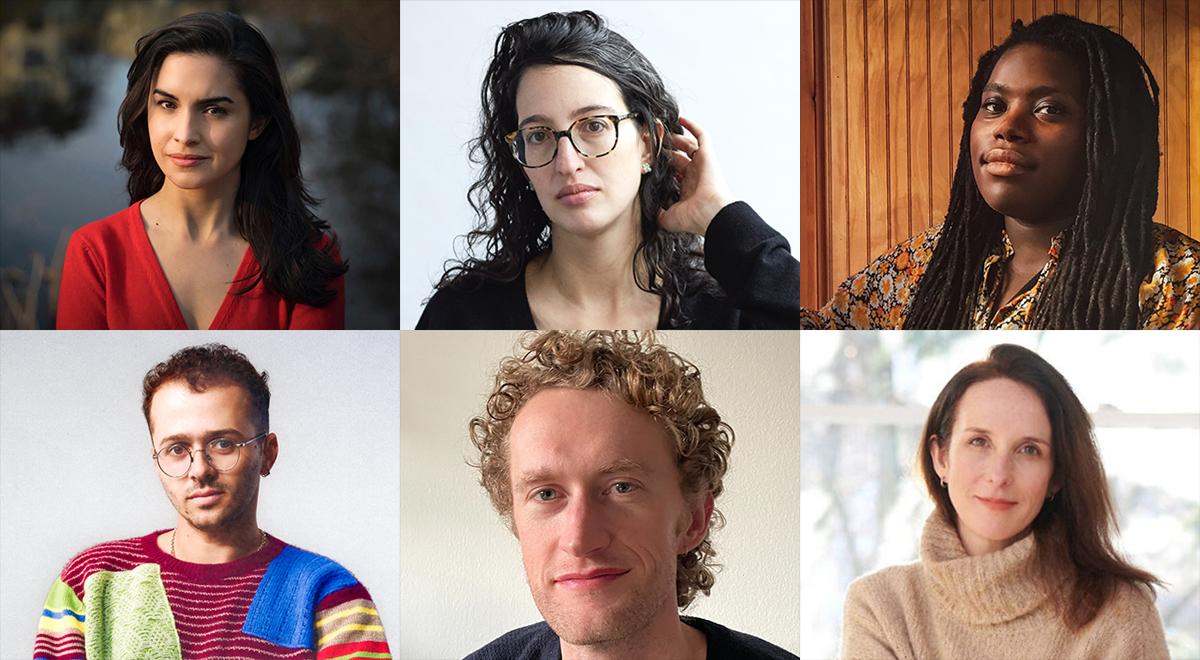Visionary Editors to Speak at Shapiro Center Series
Last year, 12 dynamic critics appeared at Wesleyan for a year-long speaker series through the Shapiro Center for Creative Writing and Criticism. The wildly successful series will return this academic year, this time with an array of editors across the creative landscape.
The critics series was meant to highlight different aspects of how literature is produced and consumed, whereas this year’s series aims to show students how the objects of this criticism are made, said Merve Emre, Shapiro-Silverberg Professor of Literature and Criticism and director of the Shapiro Center. The Center’s mission is to teach students at Wesleyan how the pursuit of knowledge and artistic practice can co-exist, both in the university and beyond it.
“We want students to understand all of the different aspects of the production of culture,” Emre said. “Editors are an absolutely essential part of that production process.”
The 2024-25 Shapiro Speaker series, “The Art of Editing,” will feature several accomplished editors over the course of the year. They include Leo Carey and Fergus McIntosh of The New Yorker, Radhika Jones of Vanity Fair, Sasha Weiss of The New York Times Magazine, Emily Greenhouse ’08 of The New York Review of Books, Kaitlyn Greenidge of Harper’s Bazaar, Meghan O’Rourke of The Yale Review, Ben Calhoun of NPR, Jackson Howard of Farrar, Straus and Giroux, Yahdon Israel of Simon & Schuster, and author Zakiya Dalila Harris.
Emre said she, along with the 11 editors, will walk students through the editorial production process for each medium—magazines, television, literature, radio, and film—from when it is commissioned to publication or broadcast to review. As they explore this process, they will answer key questions like what makes a story worth printing, what an editor should do when they receive a first draft that isn’t up to par, and ways to find the right audience for a story.
“We want to teach students how to take any kind of disciplinary knowledge they have—whether they’re majoring in English, government, or molecular biology—and communicate that knowledge to people who might not possess that same disciplinary knowledge in ways that are intelligible and appealing,” Emre said.
This year’s series will once again be made into a podcast for LitHub and The New York Review of Books after last year’s series drew significant attention. The second season of “The Critic and Her Publics” podcast will be released starting in January 2025, Emre said.
“I couldn’t have asked for more from the first season of the series,” Emre said. “My hope is that people are using it in their classrooms to think about how to make reading and criticism pleasurable, illuminating, and convivial.”
Emre said there are parallels to draw between the work editors do and the course material taught through the Shapiro Center this semester. McIntosh and Carey will each be hosting a three-session, small group master classes this year. McIntosh will host a class on fact-checking and Carey will host one on magazine editing, she said. There will also be relevant Wesleyan courses on criticism and journalism taught by Shapiro-affiliated faculty members.
“The series is just one node in the larger network of the Shapiro Center curricular and extracurricular offerings, which help demystify what can otherwise feel like an opaque and confusing world,” Emre said.
Greenhouse was the first editor in the series, appearing at the Shapiro Center on Sept. 17 to a packed room of eager learners. Greenidge is the next editor scheduled to speak on Oct. 8 and O’Rourke will follow on Oct. 29. Howard and McIntosh round out the semester with appearances on Nov. 19 and Dec. 5, respectively. For all dates, visit the Shapiro Center’s website.


